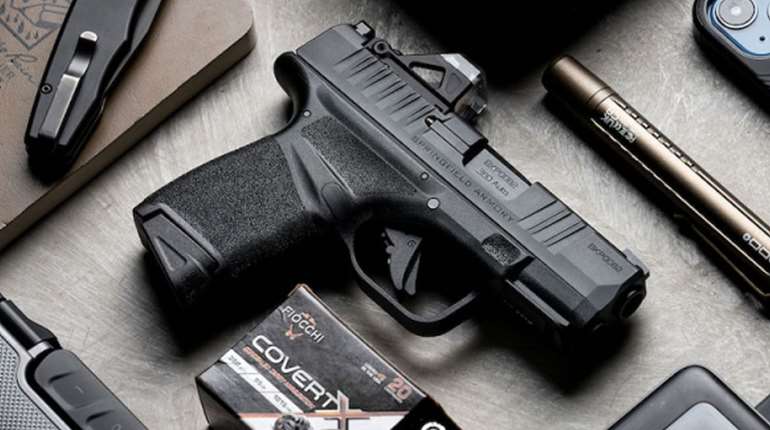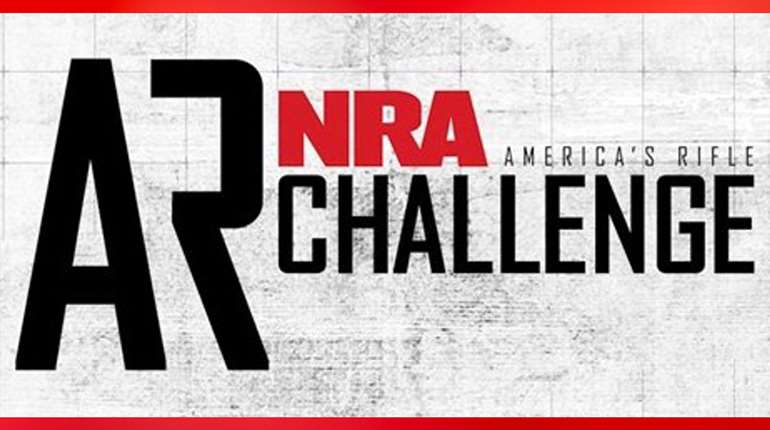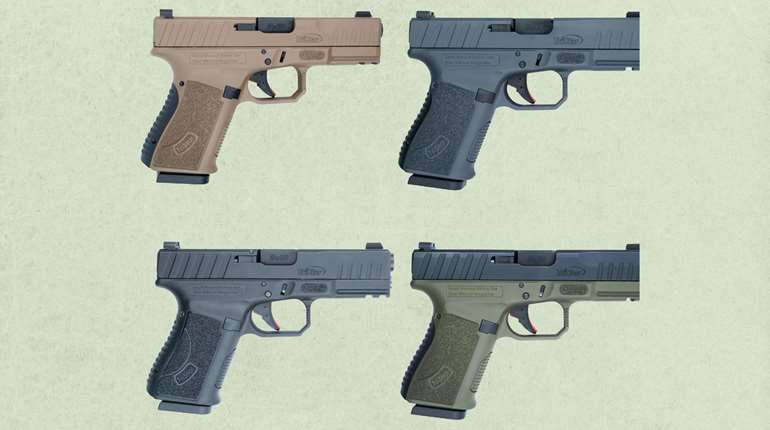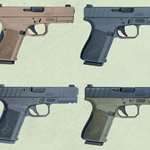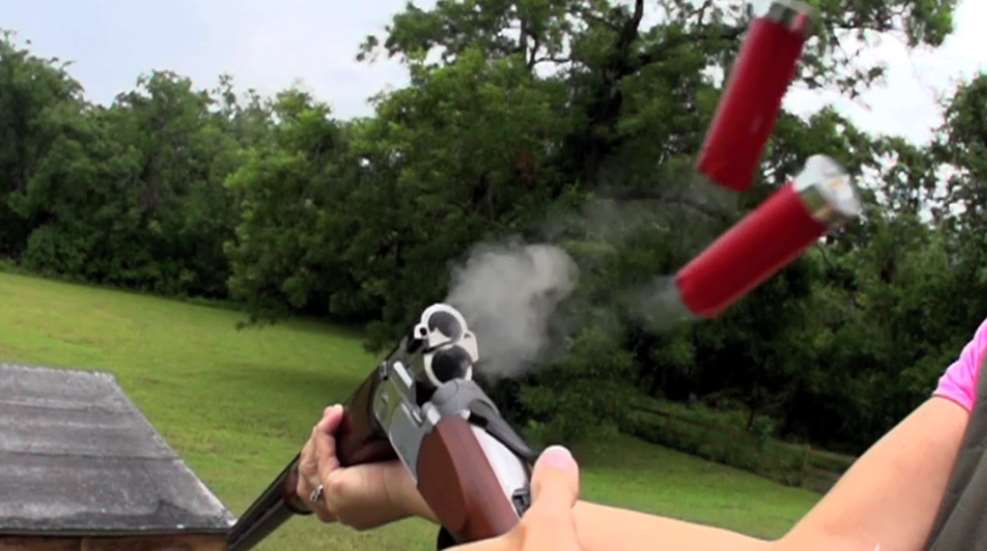
Shotgun shooting can be the most confusing of all the shooting activities, possessing a unique terminology that other shooters or non-shooters alike may not understand. If you already have a box of shotshells at your house or the next time you are at a retailer that sells shotshells, take a minute and read the box. Unless you are active in the shotgun world, there may be words or terminology that you may not understand. The following is a list of common words or phrases that you might see on a box of shotshells along with their definitions.

Gauge
Shotgun barrels are classified by gauge instead of caliber. Gauge is an old English term referring to the number of lead balls of that bore diameter that add up to weigh one pound. This comes from the days when lead was purchased by the pound to make ammunition. A 12-gauge shotgun means that you can make 12 lead balls, each of that bore diameter size, out of one pound of lead. Each of the 12 lead balls weigh 1/12 of a pound of lead.
The smaller the gauge number, the larger the bore size. From smallest size shell diameter to largest, the common gauges include the 28 gauge, 20 gauge, 16 gauge, 12 gauge, and 10 gauge. The most popular sizes of shotgun gauges are the 12 and 20 gauge.
The lone exception to this measuring system is the .410 bore, which is the smallest. Although sometimes inaccurately called a .410-gauge, it is measured in caliber because it is designated by its bore diameter. It has an actual bore diameter of 410/1000ths of an inch, which is approximately equivalent to a 67½ gauge.

Shell Length Designation
This refers to the gun’s chamber length, not length of the shot shell. You can shoot shells that are shorter or equal to the gun chamber length, but not longer. Modern 12-gauge shells come in 2¾-, 3- and 3½-inch lengths and can hold different amounts of powder and shot charges.
If you measure an unfired shotgun shell, it is about ¼” shorter than its designated chamber length. The extra length accommodates the crimp as it unfolds. To make things more confusing, a 3-inch shell measures 2 ¾ inches in total unspent or unfired length and a 2 ¾-inch shell measures 2 ¼-inches in total unspent or unfired length. A rule of safety is to only use shells as long as or shorter than the markings on your shotgun barrel. For example, if your shotgun is marked “12-gauge 2¾-inch or 3-inch” you can usually safely fire 2¾-inch or 3-inch 12-gauge shot shells, but not the 3½-inch shot shells.
Shot Weight
This number tells you how much the shot charge weighs in ounces. Shot is measured in grams or ounces. For example, a shot weight of 28 grams equals roughly 1 oz., and 4 grams equals roughly 1/8 oz. of shot.

Dram Equivalent
This is an old measurement system of expressing velocity. This term was used back in the days when shotgun shells were loaded with black powder, which was measured in drams. (16 drams equals 1 ounce). To find the actual velocity, you usually must look in the manufacturer’s catalog or refer to a ballistic guide.
When companies switched from black powder to modern smokeless powder, they placed the “dram equivalent” on the box of ammunition to give the shooter an indication of shot velocity. While less commonly used today, the dram equivalent can still give the shooter an idea of the muzzle velocity.
The shot shells you find on shelves today are loaded with modern smokeless propellants. These gunpowders are much lighter than black powder in the same volume. Manufacturers who still list dram equivalent usually use numbers like “3 dram eq.” or “lite,” “magnum” or “max.” The larger the number of drams equivalent, the higher the muzzle velocity and the more recoil the load will generate.
Velocity
Velocity is replacing “dram equivalent” on shotshell box data. The faster a shot charge travels, the harder it hits and the more recoil a load has when fired. Velocity is usually measured in “feet per second” (fps). The velocity of a shotshells can vary in range. Common velocities include 1,100 fps, 1,200 fps and 1,300 fps.

Shot
The pellets in shotshells are collectively called “shot.” Like gauge size, the smaller the number the larger the shot size. Subsequently, the larger the number, the smaller the shot size. Shot can be made from a variety of materials. These materials include pure lead, lead coated with another material like copper, or non-lead components such as steel, bismuth, tungsten, and other materials. The smallest group of shot sizes commonly used are Numbers 9, 8 and 7½. These are the sizes you’ll usually see on target loads for clay shooting, but they are also used for some smaller game birds. The next group of shot sizes are Numbers 6, 5 and 4. These are used for pheasants, larger ducks, rabbits and squirrels. The big shot sizes, Numbers 3, 2, 1, and Letters B, BB, BBB, T, F and FF shot are used for larger game birds and animals. These large pellets will hold their velocity and retain their energy.
Buckshot is recognized from No. 4 Buck (.220-inch diameter) to 000 (pronounced “triple-ought”) Buck (.360-inch diameter). The higher the number reflects a smaller pellet size, and the more zeros in the “ought” size reflects the larger the pellet diameter.

Slugs are single projectiles and are generally reserved for big-game hunting such as deer. Some states do not allow center-fire rifle hunting for larger game animals in some areas, and only allow shotgun hunting with slugs. Always check your state’s hunting regulations for legal means and methods.
Handling shotguns require the same safety precautions that you would follow with any firearm. Safety begins with you! There are 10 safety rules that every shotgunner should follow.
ALWAYS keep your muzzle pointed in a safe direction.
ALWAYS keep your finger off the trigger until you are ready to shoot.
ALWAYS keep your shotgun unloaded until it is ready to use.
ALWAYS identify the data stamp on the firearm: the specific gauge and length marked on the side of the barrel.
ALWAYS match the gauge of shotgun shell to the data stamp on the box of shells.
ALWAYS match the gauge of shotgun shell to the data stamp of the firearm.
ALWAYS match the length of shotgun shell to the data stamp of the firearm.
ALWAYS understand how far your projectile(s) can travel before you take a shot.
ALWAYS match your ammunition to your intended target or activity (hunting big game vs. waterfowl).
When in doubt, ALWAYS ask a gunsmith or someone with experience in firearms and ammunition.












